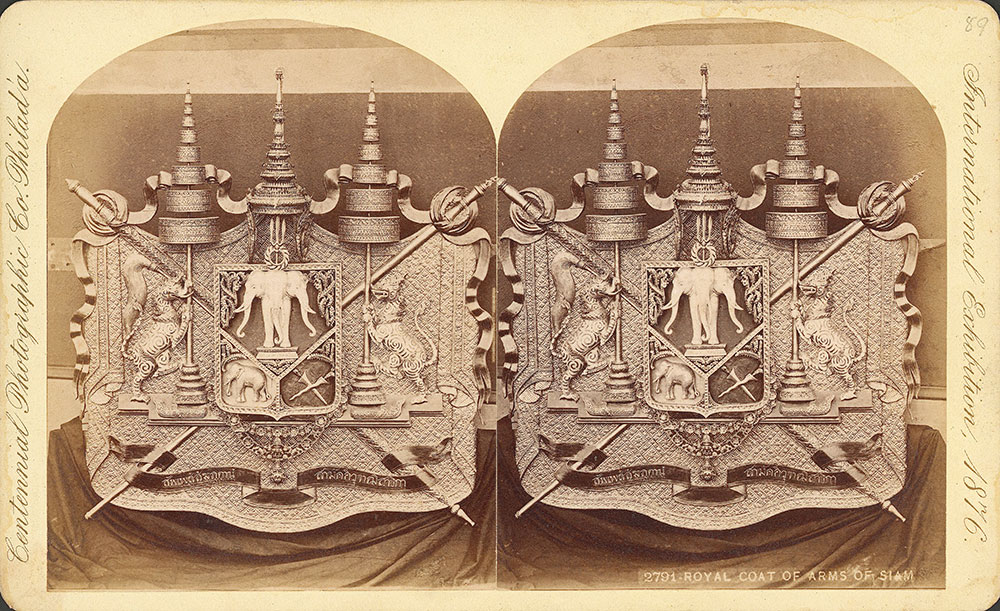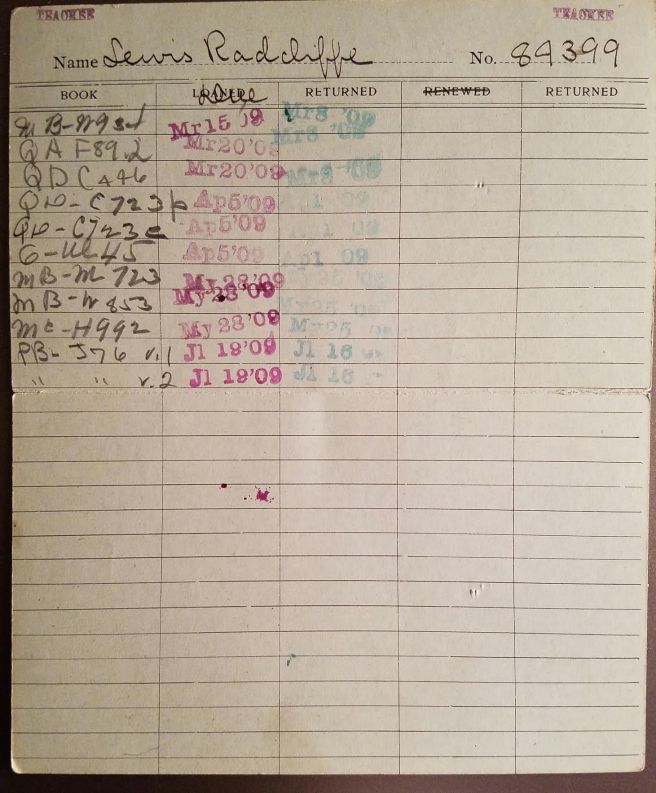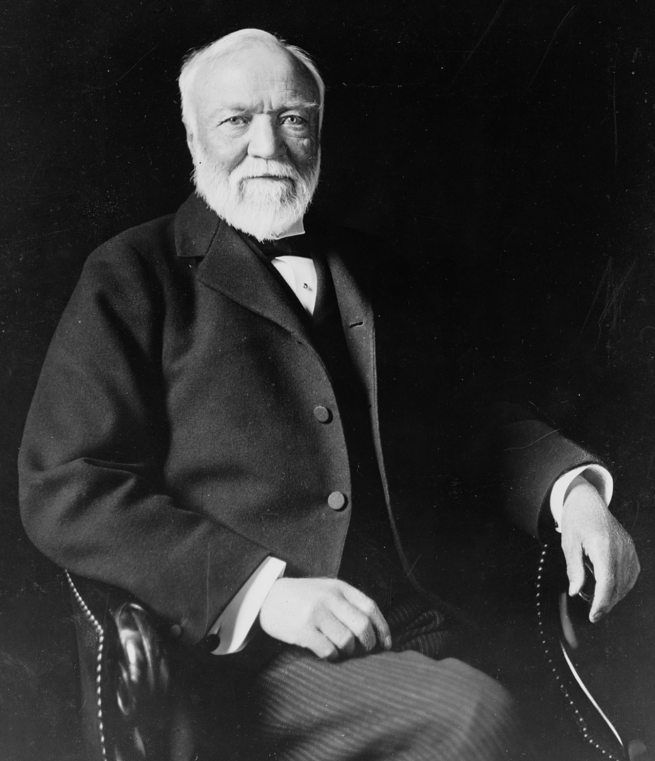1913 Bangkok Library Association Subscription Dues Reminder Mailing Card addressed to Mrs. A. Link




Bangkok Library Association
In 1869, the Ladies’ Bazaar Association, a charitable organization of English-speaking women living in Bangkok, Siam, founded the Bangkok Ladies’ Library Association to provide much-needed English-language books to the growing number of English-speaking residents of Bangkok. Bangkok, called “the key to Siam,” became home to many English-speaking missionaries and British trade agents during the reign of King Rama IV, due to trade agreements and Western expansionism.
In the beginning, the small subscription library was open one day a week and staffed by volunteers. The library contents were housed in private homes and later the vestry of the Protestant Union Chapel.
The library’s name changed to Bangkok Library Association in October 1911.
Jennie Neilson Hays
Jennie Neilson Hays was born on September 19, 1859, in Aalborg, Denmark. As a Protestant Missionary, Miss Neilson arrived in Bangkok, Siam, in October 1884. In 1885, Miss Nelson began her relationship with the Bangkok Ladies’ Library Association conducting benefits for raising funds and assisting in library duties. Jennie Nelson Hays served as the Librarian of the Bangkok Library Association until her death of Cholera on April 26, 1920.

In a letter from the American Consulate, dated May 20, 1920, Carl C. Hanson, the American Vice-Consul in Charge, reported the death of Mrs. Hays to the Secretary of State of the United States, Bainbridge Colby.
The letter read:
Death of an American Citizen
Mrs. Jennie Neilson Hays
Sir:
I have the honor to enclose herewith a report of the death of an American citizen, Mrs. Jennie Nelson Hays, the wife of Dr. Thomas Heyward Hays, now living in Bangkok. Mrs. Hays always took the leading part on all occasions connected with public welfare and was well known for her charitable work. His Majesty the King of Siam sent a special message of condolences to Dr. Hays, and by the King’s command, a royal wreath was placed on the grave of Mrs. Hays.
I have the honor to be Sir,
Your obedient servant,
Carl C. Hanson
American Vice Consul in Charge
After her death, Mario Tamagno, an Italian architect, was commissioned by her husband, Dr. Thomas Heyward Hays, to design a permanent home for the library on Surawong Road. The Neilson-Hays Library, a then state-of-the-art Neo-classical building, opened to the public on June 26, 1922.
Jennie and her husband, Thomas, are buried at the Bangkok Protestant Cemetery.
Mrs. Williamson
Lady Marion Maria Winifred Crozier Williamson served as President of the Bangkok Library Association.
Maria Crozier was born on October 21, 1875, in the former British territory of Allahabad, Uttar Pradesh, India. There she married Walter James Franklin Williamson on August 15, 1894. Sir Williamson was financial counsel to the government of Siam and later, a financial expert at the League of Nations. Sir and Lady Williamson are also known for the contribution to the ornithological community. Sir Williamson was a noted ornithologist whose collection is incorporated into the British Museum of National History. Lady Williamson is the namesake of the Indochinese Bush Lark species mirafra assamica marionae. Lady Williamson died on May 30, 1945, in London, England.
Mrs. A. Link
Erma Link was the wife of Adolf Link, a partner of B. Grimm & Co., importers, and merchants. Adolf Link joined B. Grimm & Co. as a manager in 1903. Under Adolf Link’s management, B. Grimm & Co. grew rapidly. However, at the outbreak of World War I, Siam joined allied forces and declared war on Germany. In February 1918, Siam’s government designated all German residents as enemies of the state. Consequently, Siam’s government seized the Link family’s possessions and placed the family in an internment camp in India. After World War I, the Links returned to Siam, but World War II resulted in house arrest. Despite the effects of the World Wars on the company, B. Grimm continues its 150-year history with Thailand, now operated by a 4th generation Link family. member

















